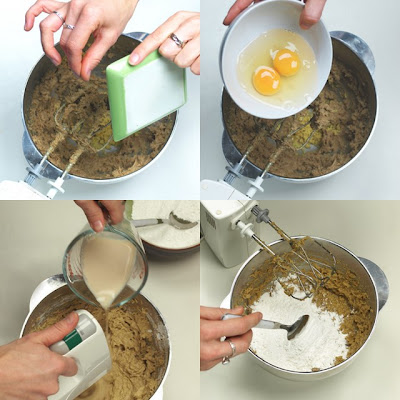I consider it 'food for the soul'...!

My long-time friends Dr Richard James Allen and Dr Karen Pearlman of the Physical TV Company invited me to witness the next stage of their creative process, a documentary film about Dance called: Doesn't Fit into a Box, inviting me to take stills photographs during the filming.
Over the last few years, Karen has been doing some Post-Doctoral Research in the Dance-Film area through a Fellowship with an organisation called Critical Path, based in Rushcutters Bay in Sydney. Through that research she says she didn't so much come up with answers, but rather - as is often the way when delving deeper into things - discovered still more questions.
So in this stage of the documentary-making, Karen was posing her questions to a diverse range of professional dancers and choreographers, asking:
"Where does Dance come from?"
"Where does Dance go when it leaves you?"
- and the ultimate existential question - "What is Dance for?"
It was fascinating to listen to the varied responses of the professional dancers and choreographers who were being interviewed. Their expertise ranged from classically trained ballet, to flamenco, to indigenous performance, to Japanese Butoh, to yoga and martial-arts, to contemporary experimental cross-media arts that weave movement and text and light and voice together into dance.
Sitting very still for 20 minutes at a time - not a pin may drop during filming! - over a twelve-hour day and focusing intently on the responses of these professional artists was an intense meditation that made me reflect on my own creative practice.
And I found myself coming up with my own responses to Karen's Questions:
"Creativity comes from the air;
through the crackling impulse of the thoughts and experiences we share with each other;
though the moments of inspiration that we scatter like seeds from our flowering;
through the enlightenment that the burning of our flame sheds around us...
When it passes through us, creativity continues -
in the lives we have touched, in the minds we have changed - it goes back into the air.
And 'what is creativity for?'
- well, you might as well ask:
'what is breathing for?'..."
Here is the view out the window of the dance studio as dusk fell. It had rained heavily throughout the day, but as you can see, all clouds have a silver - or in this case golden - lining.




Yum-oh!













